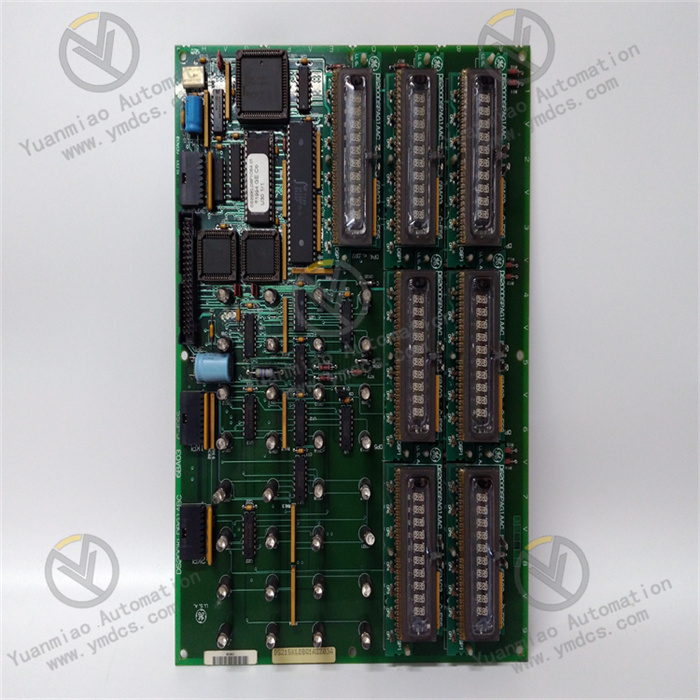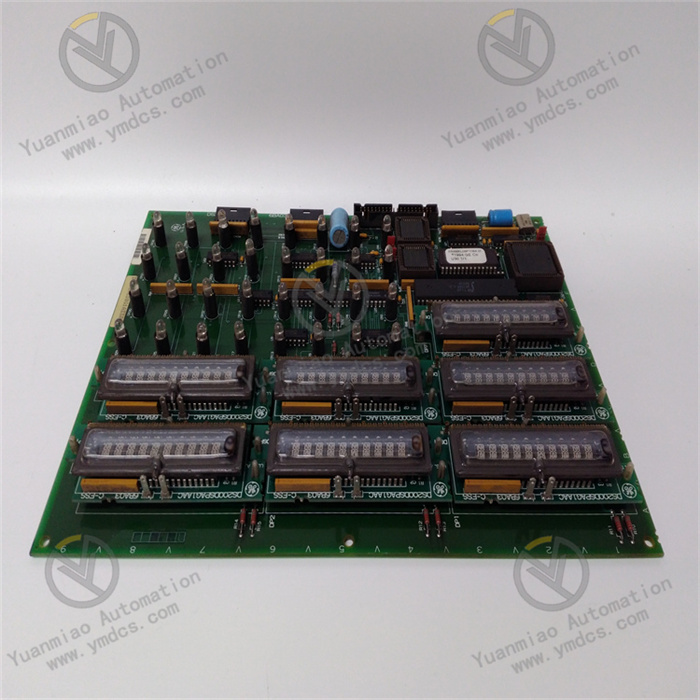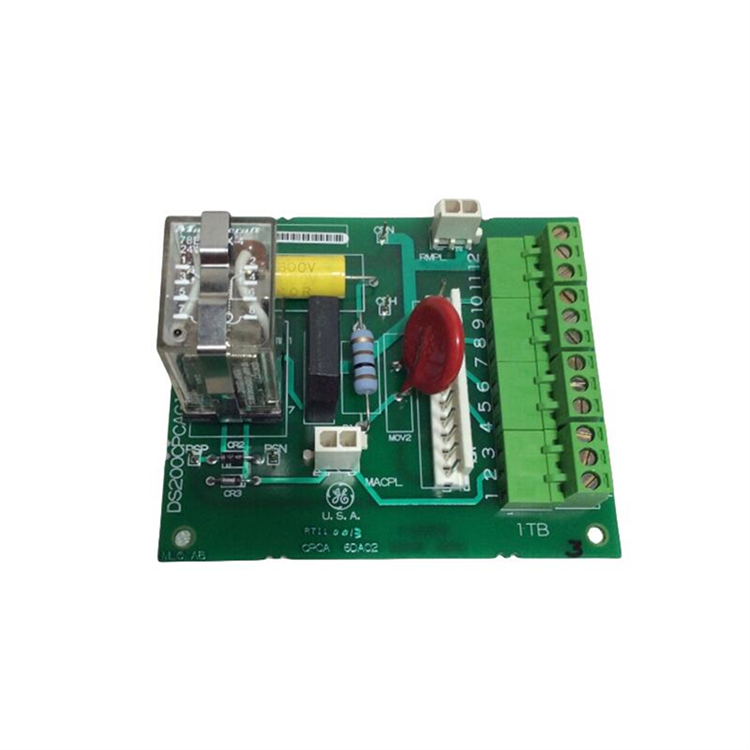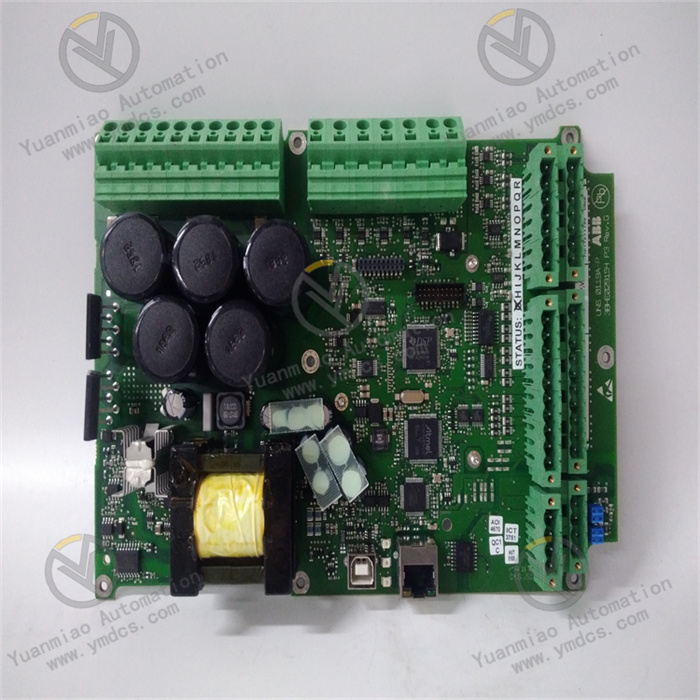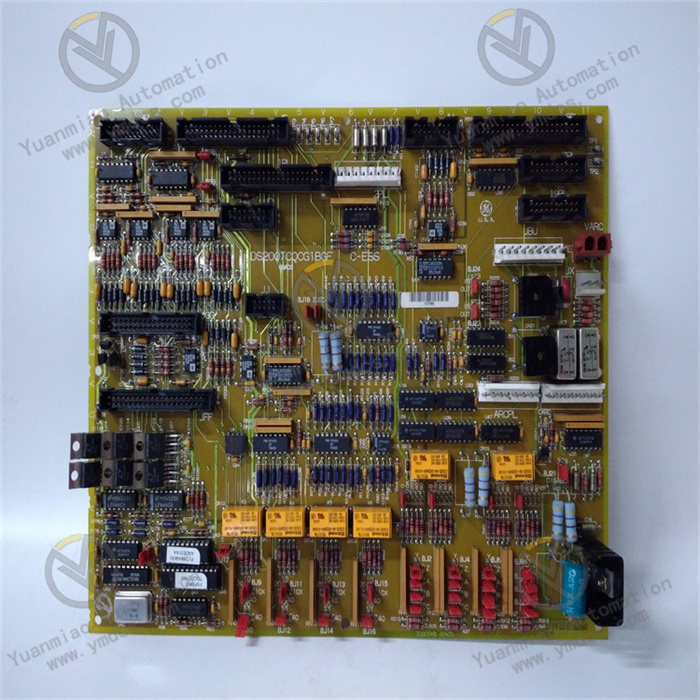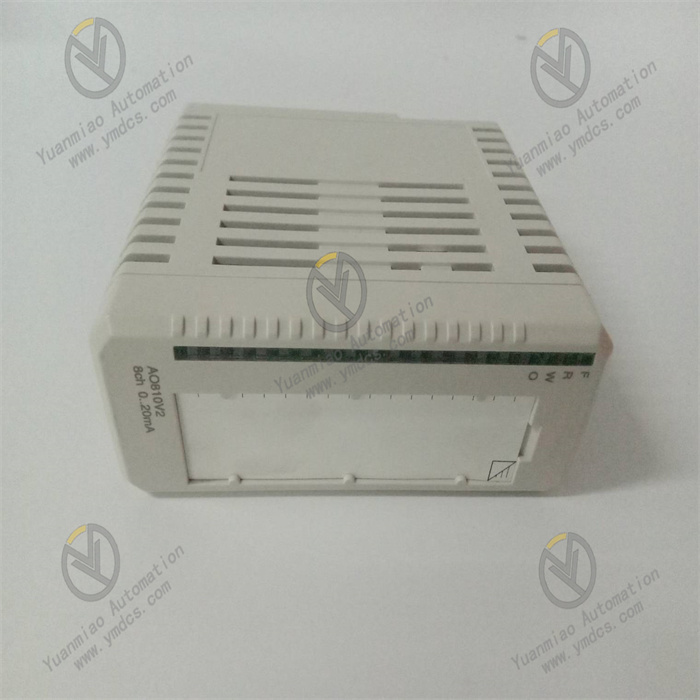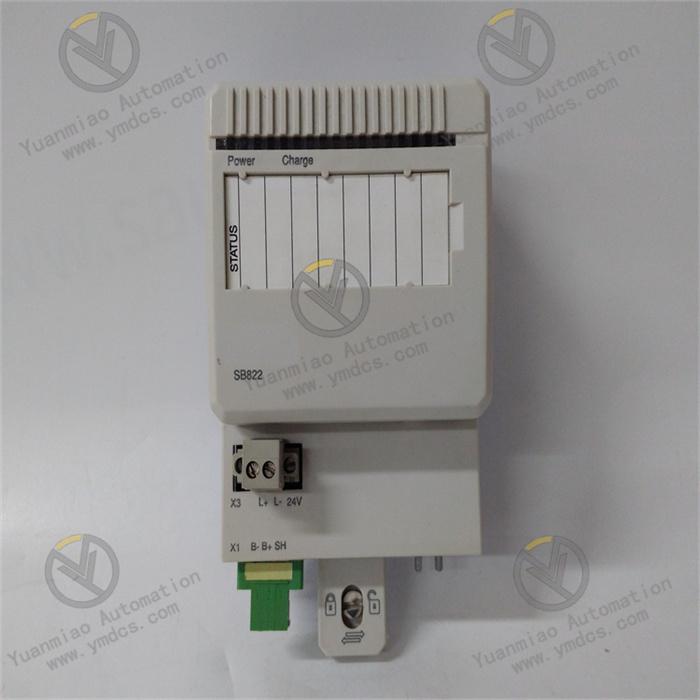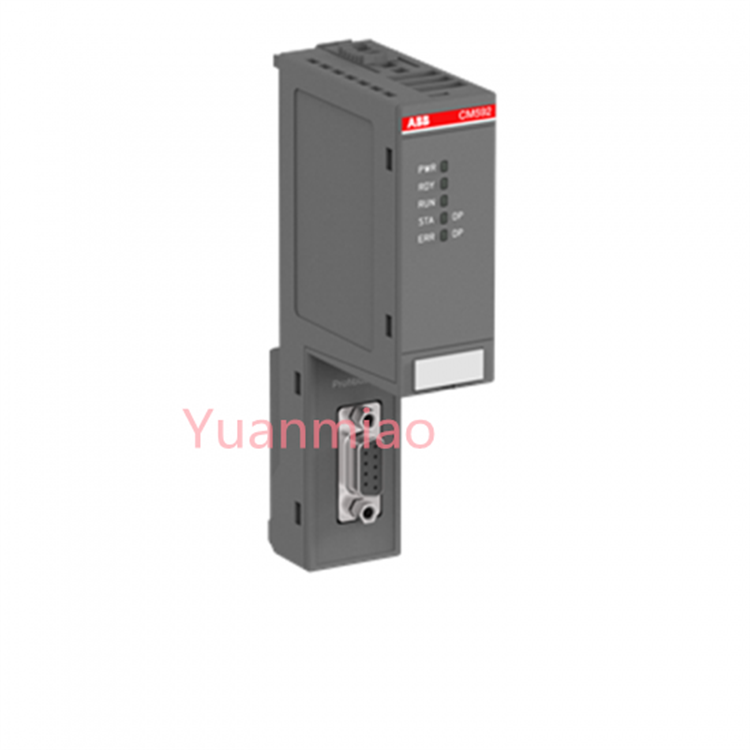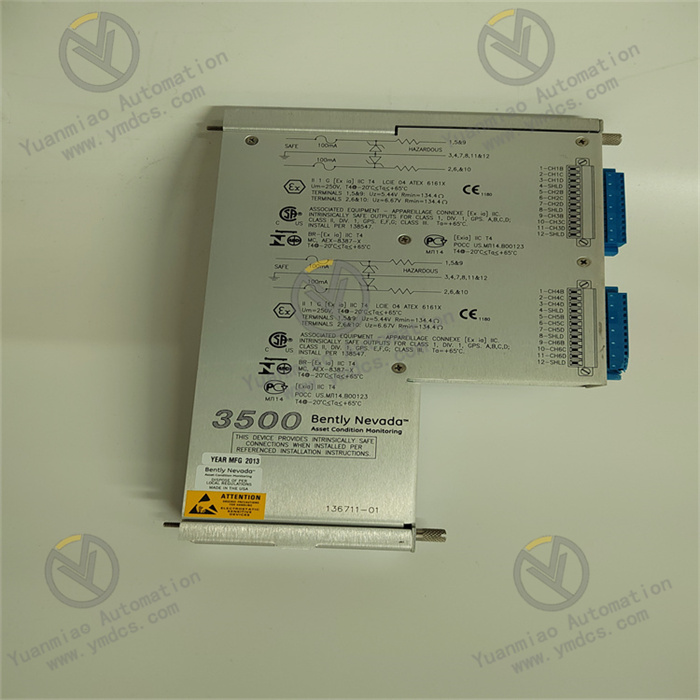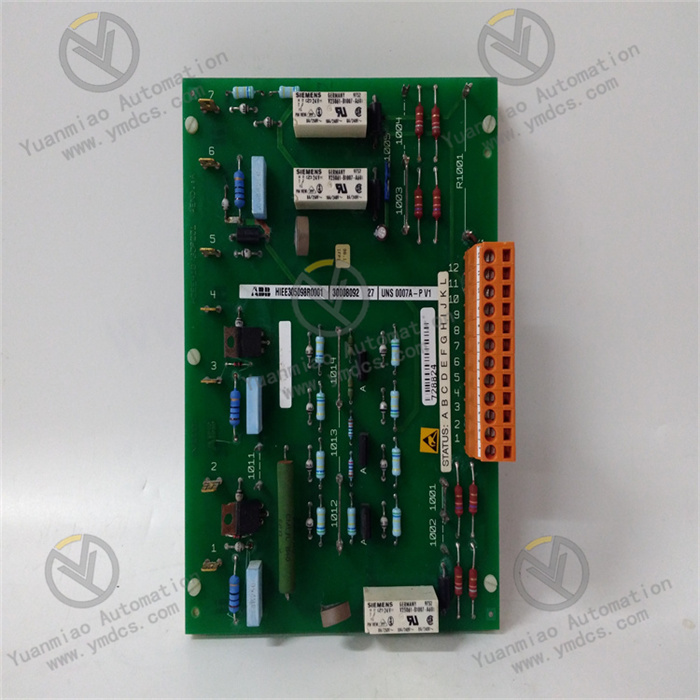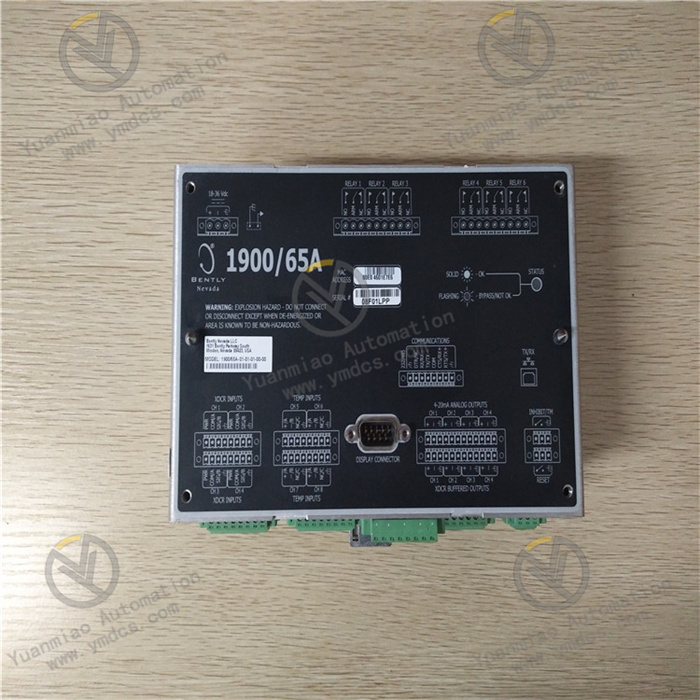Description
DS215KLDBG1AZZ03A
Overview
The module is primarily used to accommodate the system control PCB, convert 360V alternating current (AC) to 480V AC, features three phases, is suitable for 50/60Hz input power, and can output a DC link voltage of 530-680V.
Functional Features
- High Reliability: Through strict quality control and environmental adaptability tests, it can operate stably in harsh industrial environments.
- Flexible Communication Capability: Supports multiple communication protocols and interfaces, facilitating connection and communication with other devices and systems.
- Easy Maintenance: Provides user-friendly programming interfaces and tools for convenient programming, debugging, and maintenance.
- High Performance: Adopts advanced processor and communication technologies to achieve fast and stable data transmission and processing.
Technical Parameters
- Rated power: 5, 10, and 22 kilowatts (at 460V).
- Internal shunt resistors have a continuous rating of 200W and a peak rating of 40,000W (an external shunt resistor is required for the 22kW system module).
Working Principle
Detailed public information about its specific working principle is currently unavailable. As an industrial interface module, it typically converts and processes input AC power through internal circuit design and a processor to provide suitable power for the system control PCB. Based on supported communication protocols and interfaces, it realizes data transmission and interaction with other devices or systems to control and coordinate the operation of industrial equipment.
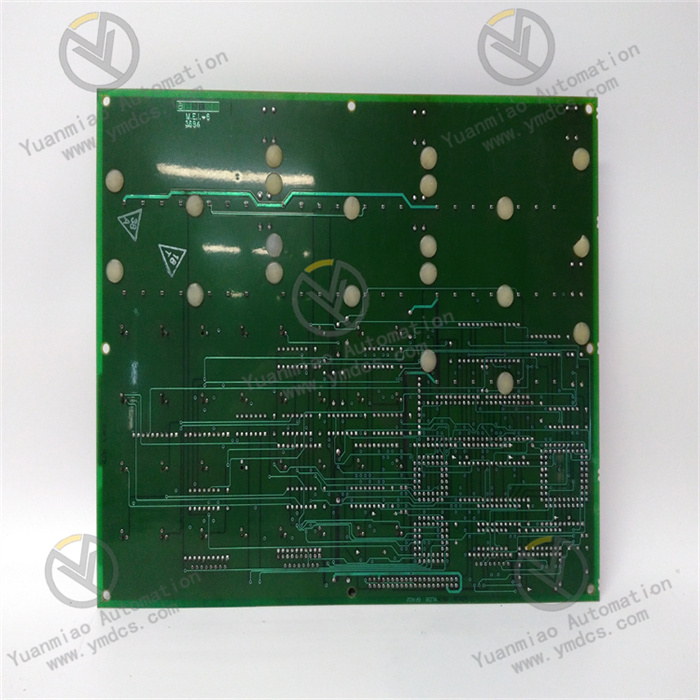
Common Faults and Solutions
Due to the lack of specific fault information for this module, refer to common faults and handling methods for similar industrial modules:
Power Failure
- Symptoms: The module fails to start, etc.
- Solutions: Check if the input power voltage is normal and if the power connection is secure. If the voltage is abnormal, inspect the power supply system; if the connection is loose, reconnect it firmly.
Communication Failure
- Symptoms: Inability to communicate normally with other devices.
- Solutions: Verify that the communication interface is correctly connected, the communication cable is undamaged, and the module's communication parameters are set correctly. Tighten loose interfaces, replace damaged cables, and reset incorrect parameters.
Overheating Failure
- Cause: Poor heat dissipation.
- Solutions: Check if the module's cooling fan is operating normally, whether there is sufficient heat dissipation space around it, and if dust has blocked the heat dissipation channels. Replace a faulty fan, clean accumulated dust, and adjust the installation position to ensure good ventilation if the heat dissipation space is insufficient.
Performance Abnormality
- Symptoms: Unstable data transmission, slow processing speed, etc.
- Cause: Excessive processor load or internal circuit failure.
- Solutions: Try restarting the module. If the problem persists, internal circuit components may be damaged, and it is recommended to contact professional maintenance personnel for inspection and repair.


